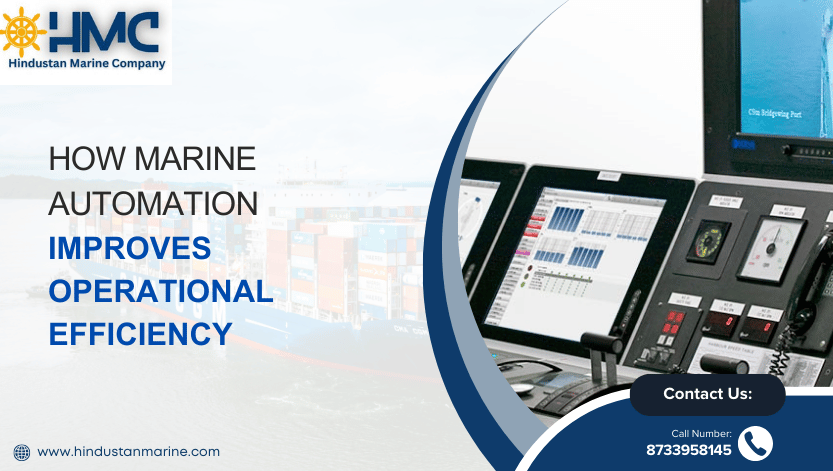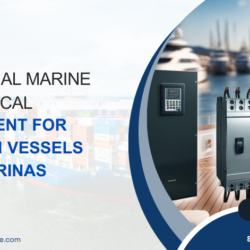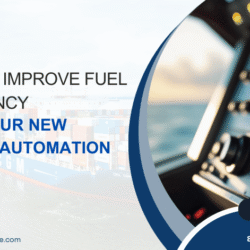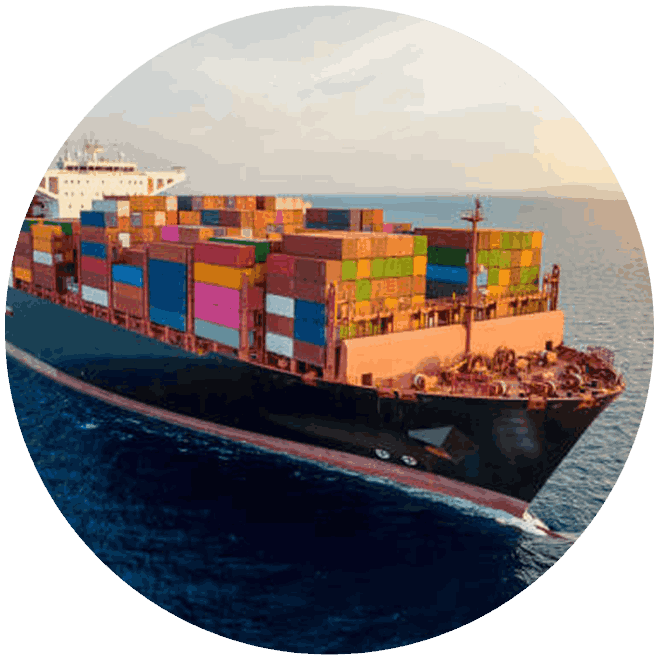
How Marine Automation Improves Operational Efficiency
India is a maritime country. From fishing boats in Kerala to oil rigs off the Mumbai coast, the demand for reliable and efficient vessel operations is constantly rising. And one thing that’s transforming the way ships operate is Marine Automation Equipments & Parts.
With automation, everything from engine performance to cargo handling becomes smarter, faster, and more efficient. At Hindustan Marine, we help Indian fleet owners and operators make this shift seamlessly. Let’s explore how marine automation is boosting operational efficiency and cutting costs.
1. Marine Automation in India
Marine automation refers to a system of interconnected devices, sensors, control units, and software that monitors and manages a ship’s operations — often with minimal human intervention.
Whether you run a small barge or a commercial cargo vessel, automation allows:
- Accurate fuel monitoring
- Faster fault detection
- Safer navigation and operations
- Predictive maintenance
In India, with over 7,500 km of coastline, shipowners are now investing in automation to stay competitive and reduce operational losses.
2. Understanding Operational Efficiency in Marine Operations
Operational efficiency means doing more with less — less fuel, less manpower, and less downtime — while improving performance.
In shipping, key efficiency indicators include:
- Fuel consumed per nautical mile
- Time taken for port loading/unloading
- Downtime due to equipment failures
- Crew size vs vessel size
Marine automation directly improves all these metrics.
3. How Marine Automation Contributes to Operational Efficiency
Let’s break it down by feature and benefit.
a) Real-Time Monitoring and Control
Automation systems give you a real-time dashboard of what’s happening onboard — from engine temperature to fuel flow.
✅ Benefits:
- Instant alerts for abnormal readings
- Faster response time
- Improved decision-making for the crew
Example: A coastal cargo ship in Gujarat reduced breakdowns by 30% after switching to an integrated automation system.
b) Fuel Management and Consumption Optimisation
Marine automation systems include fuel flow meters and data loggers that track how much fuel is being used — and where it’s being wasted.
✅ Benefits:
- Avoid overconsumption
- Detect leaks or inefficiencies
- Plan optimal fuel usage per trip
Indian shipping firms report fuel savings of 10–15% after installing smart marine fuel monitoring systems.
c) Crew Efficiency and Reduced Human Dependency
Automation reduces the need for manual intervention in repetitive or sensitive operations — like ballast tank control or load balancing.
✅ Benefits:
- Fewer crew needed on board
- Reduced errors in emergencies
- Enhanced crew safety and comfort
This is especially useful for Indian offshore platforms and naval support vessels where manpower is limited.
d) Maintenance and Downtime Reduction
Marine automation systems can predict failures before they happen using sensor data and machine learning.
✅ Benefits:
- Avoid unplanned breakdowns
- Extend equipment lifespan
- Reduce spares and maintenance costs
Studies show a 25–40% reduction in unplanned downtime with predictive maintenance systems.
e) Enhanced Cargo Handling and Loading
Automation enables smoother operation of winches, cranes, and conveyor systems used in cargo loading/unloading.
✅ Benefits:
- Shorter turnaround time at ports
- Safer and balanced loading
- Reduced fuel usage during idle time
4. Case Studies from The Indian Marine Sector
Port of Visakhapatnam implemented semi-automated port cranes and reduced turnaround time by 22%.
A Goa-based offshore vessel automated its power management system and reported monthly diesel savings of Rs. 1.5 lakhs.
Indian Navy’s support crafts use integrated marine automation systems to ensure 24/7 mission readiness with minimal crew.
5. Integration with Other Marine Technologies
Marine automation isn’t standalone — it integrates with:
- IoT systems for remote monitoring
- GPS-based route planning
- Weather routing software
- Electric propulsion units for hybrid efficiency
The future of shipping in India is smart + connected.
6. ROI of Marine Automation for Indian Operators
Yes, automation requires an initial investment. But the ROI is excellent:
- Fuel savings of 10–15%
- Maintenance cost reduction by up to 30%
- Crew cost savings
- Improved cargo delivery timelines
Most Indian operators recover their investment in 1.5 to 2 years.
7. Challenges in Adoption and Solutions
Common Challenges:
- High upfront cost for small fleet owners
- Lack of trained crew
- Concerns about system complexity
Solutions:
- Start with modular automation (fuel monitoring, engine control)
- Choose vendors like Hindustan Marine, offering local support
- Invest in basic training programs
8. Future of Marine Automation in India
With projects like Sagarmala and Maritime India Vision 2030, the Indian government is supporting smart marine tech adoption.
What’s coming next:
- AI-based marine control systems
- Self-diagnosing automation units
- Autonomous vessels in controlled waters
- Cloud-linked marine analytics
India’s marine automation market is expected to grow at a CAGR of 12% over the next five years.
9. Conclusion and Recommendations
Marine automation isn’t a luxury anymore — it’s a necessity for staying competitive in India’s evolving maritime ecosystem.
Final Tips from Hindustan Marine:
- Start small with high-ROI modules like fuel systems
- Choose rugged, Indian-weather-tested automation parts
- Regularly maintain and update systems for the best performance
- Train your crew to use the data generated by automation
Automation is not here to replace people — it’s here to empower them.
FAQs on Marine Automation Equipments & Parts
- What is marine automation equipment used for?
They are used for real-time monitoring, fuel management, navigation, engine control, and safety alerts in marine vessels. - How does automation save fuel on ships?
By monitoring real-time fuel consumption, adjusting engine load, and helping in route optimisation. - Can small vessels also use automation systems?
Yes, modular and affordable options are available for fishing boats, barges, and ferries in India. - Is training needed to use these systems?
Basic training is recommended, and most systems are user-friendly with visual dashboards. - Where can I buy marine automation parts in India?
You can get reliable marine automation equipment & parts from Hindustan Marine, with end-to-end consultation and service.





 Fast Delivery
Fast Delivery Easy Returns
Easy Returns Instant Quote
Instant Quote Product Demo
Product Demo